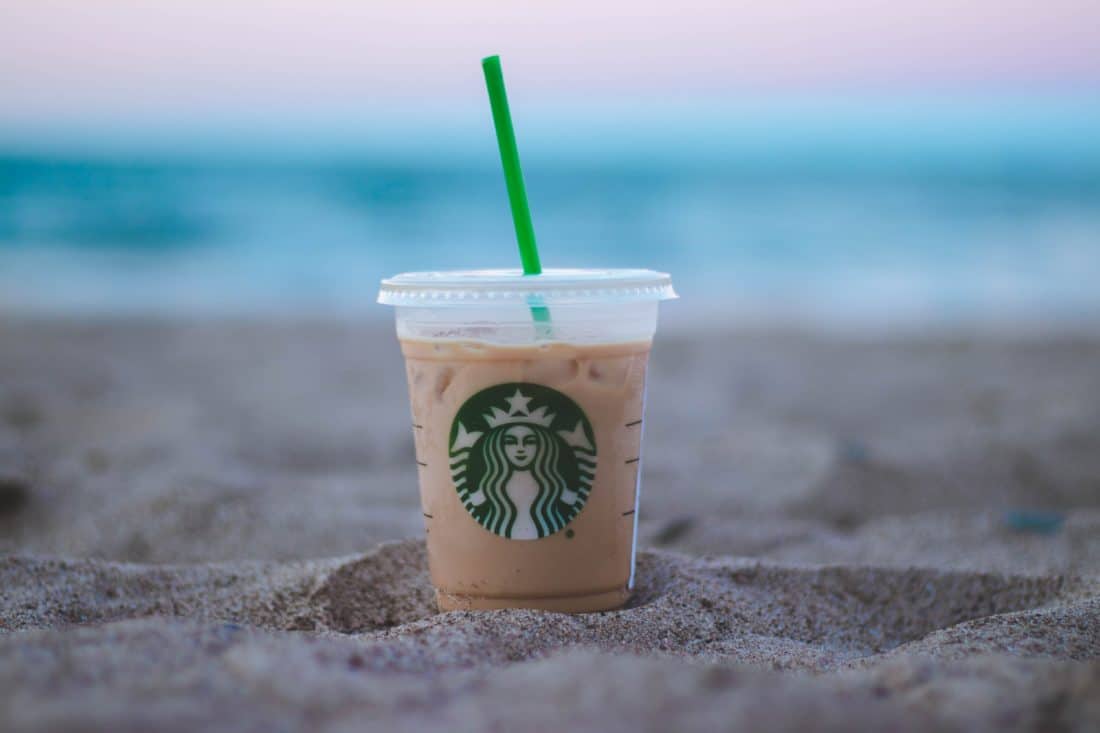We are firmly in the age of digital video.
According to data from Cisco, video already accounts for more than three-quarters of all internet traffic and the amount of bandwidth devoted to digital streaming is expected to spike by a third every year through 2022. Today’s teens watch much more Netflix and YouTube than traditional television and nearly twice as many 18- to 29-year-olds say they prefer to stream video over paying for a cable or satellite subscription.
While internet and media companies are taking major steps to keep pace with this shift — Disney’s top priority is rolling out new streaming services and Facebook has openly declared that it is pursuing a video-first strategy — many marketers have not yet made the move. Digital video is often still seen as a supplemental channel, one that is worth devoting some budget to but that is not ready to bear too heavy a burden.
Simply put: This view is outdated and wrong. Digital video is now a mature, powerful approach and savvy firms have found that it can be the centerpiece of campaigns. Specifically, these five examples show that brands of all types can find success with a video-first marketing strategy.
Dollar Shave Club
Dollar Shave Club has been one of the pioneers of digital video-first marketing. The direct-to-consumer brand introduced itself to audiences in 2012 with an iconic YouTube piece (“Our Blades Are F***king Great“) and continues to rely on video to make a splash.
Last year the firm found success in captivating consumers with its “Get ready” online video, a lengthy (3:40 minute) ode to male grooming that garnered more than 3 million views.
Califia Farms
A key evolution over the past few years is that digital video has become an increasingly popular medium across digital platforms, including on social networks such as Facebook and Twitter, that didn’t originally include the format. Smart brands have capitalized on this shift, developing video-heavy marketing approaches that involve wide online distribution.
A good example of this is Califia Farms, a maker of natural beverages such as almond milk. In addition to posting pieces to its own site and to video-centric platforms such as YouTube, the firm is video-first on a number of mixed-media channels.
This can be seen clearly by scrolling through the brand’s Instagram feed. Califia Farms publishes a wide-range of videos, from fun stop motions and animations to recipes for foods and drinks, that continually engage audiences in different ways.
Starbucks
Video-first marketing isn’t just for startups. Established brands can also benefit immensely by adopting the mentality and embracing the format.
Starbucks is a perfect showcase for this. The brand is by no means digital-video only — it still spends heavily on everything from print marketing to television spots — but it has steadily shifted towards being video-focused online.
As with Califia Farms, Starbucks’ commitment can be seen in its Instagram feed. Whenever possible, the brand uses video to tell its stories, whether that’s conveying the deliciousness of a S’mores Frappuccino, explaining how women at a coffee cooperative found reconciliation after the Rwandan genocide, or having Bill Nye explain what Nitro Cold Brew is.
Monday.com
Just as video-first marketing isn’t only for startups, it also isn’t only for B2C companies. Business-to-business firms can find success by shifting to the more dynamic digital format.
A good example of this is Monday.com. The project and team management tool has embraced video as its primary brand storytelling medium, creating a wide-range of pieces that cover everything from how the product works, to how it is made, to how it has helped different types of businesses.
A key thing to note is that Monday.com’s video production strategy has gone hand-in-hand with its paid marketing strategy. The firm has not simply created pieces and hoped that viewers will find them; it has been able to garner millions of views by delivering its pieces as online ads to valuable target audiences.
Red Bull
More is more when it comes to video-first marketing. The most successful brands don’t limit themselves to one type of creative or one platform; they develop many different types of videos and engage in many different ways.
This is exemplified by Red Bull, which has embraced digital video more fully than perhaps any other brand. The company publishes everywhere — on its own sites, on sites owned by other entities, on social networks — and creates thousands of different pieces each year to reach specific audiences.
The breadth and depth of Red Bull’s dedication to video marketing can be seen on its Facebook page. The header is video, the individual posts are mainly video-centric (like this), and there are even separate pages for in-depth digital video shows (like this).
Of course, not every brand has the resources to dive into video as deeply as Red Bull. Still, the company’s approach is a good reminder of the format’s many uses. Ultimately, digital video is now varied and powerful enough to be an important element — or even the primary element — in the marketing strategy of any firm.
Photo by Nadine Shaabana on Unsplash
